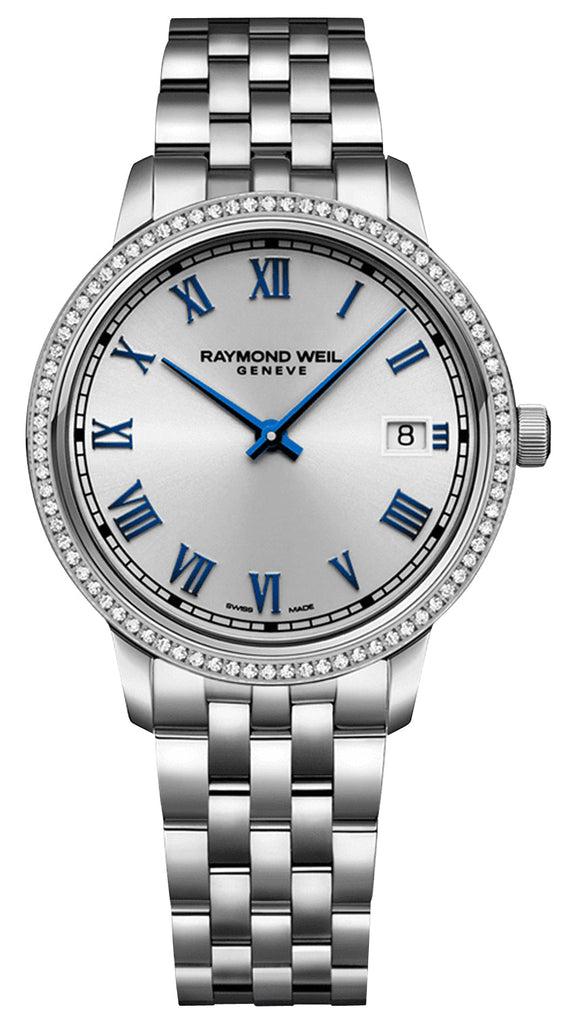Life insurance is a critical aspect of financial planning, offering peace of mind by ensuring that your loved ones are provided for in the event of your passing. It can also serve as a financial safety net, helping to cover outstanding debts, funeral expenses, and future living costs. Understanding the main types of life insurance is essential for choosing a policy that aligns with your needs and goals. This discussion will delve into the primary forms of life insurance: term life insurance, whole life insurance, universal life insurance, and variable life insurance, including their unique features, benefits, and considerations.
Term Life Insurance
Definition and Features: Term life insurance provides coverage for a specified period, typically ranging from 10 to 30 years. It is designed to offer financial protection during your most financially vulnerable years, such as when raising a family or paying off a mortgage.
Benefits: Term life insurance is the most straightforward and affordable type of life insurance. It allows you to purchase a significant amount of coverage for relatively low premiums, especially if you are young and healthy. The premiums remain fixed for the duration of the term, making it easier to budget.
Considerations: The coverage expires at the end of the term. If you still require insurance, you will need to purchase a new policy, which can be more expensive due to your increased age and potential health issues. There is no cash value component, meaning you cannot borrow against the policy or receive any payout if you outlive the term.
Whole Life Insurance
Definition and Features: Whole life insurance provides lifelong coverage, as long as the premiums are paid. It includes a cash value component that grows over time at a guaranteed rate.
Benefits: The lifelong coverage ensures that your beneficiaries will receive a death benefit no matter when you pass away. The cash value component can serve as a financial resource you can borrow against or withdraw from under certain circumstances. Whole life insurance also offers predictable premiums, which can be beneficial for long-term financial planning.
Considerations: Whole life insurance is significantly more expensive than term life insurance. The higher premiums might not be justifiable for everyone, especially if you have a limited need for coverage. The growth rate of the cash value component is generally lower than what could be achieved through other investments.
Universal Life Insurance
Definition and Features: Universal life insurance is a type of permanent life insurance that offers flexible premiums and adjustable coverage levels. It also includes a cash value component, but with a variable interest rate that can increase or decrease based on market conditions.
Benefits: The flexibility of universal life insurance allows you to adjust your premiums and death benefits as your financial situation changes. The cash value grows at a market rate, which can potentially lead to higher returns than those offered by whole life insurance.
Considerations: The flexibility comes with increased complexity and the need for active management. If the cash value becomes depleted due to insufficient premiums or poor investment performance, the policy could lapse, leaving you without coverage.
Variable Life Insurance
Definition and Features: Variable life insurance is a permanent life insurance policy with an investment component. The cash value can be invested in a variety of accounts, similar to mutual funds, offering the potential for higher returns.
Benefits: This type of insurance offers the potential for significant growth of the cash value, depending on the performance of the chosen investments. It provides a death benefit and the opportunity to build cash value that you can borrow against.
Considerations: With the potential for higher returns comes increased risk. The cash value and possibly the death benefit can fluctuate based on the performance of the invested funds. This type of policy requires a willingness to actively manage the investments and tolerate the associated risks.
Conclusion
Choosing the right type of life insurance depends on your individual needs, financial goals, and risk tolerance. Term life insurance is often suitable for those seeking affordable, temporary coverage. Whole life insurance can be appealing for those desiring lifetime coverage with a cash value component. Universal life insurance offers flexibility in premiums and benefits, while variable life insurance allows for the potential growth of cash value through investments. It’s essential to consult with a financial advisor or insurance professional to help determine the best type of life insurance for your situation.
click here to visit website






